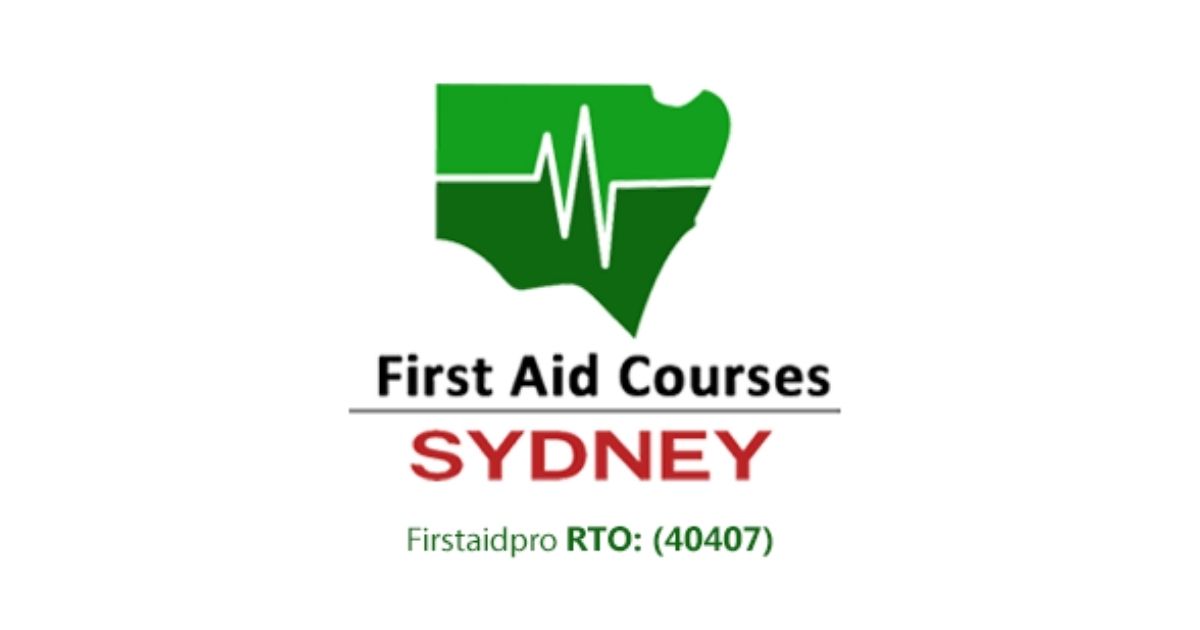Burns are quite painful and can range from benign to extremely serious. Many burn injuries are caused by chemicals, electricity, radiation, and other sources of heat and corrosion.
But how can you tell if a burn is serious enough to seek medical treatment or if the burn can be treated at home?
Burn Statistics
According to the Australian Institute of Health and Welfare (AIHW), there is an estimated 5,000 cases of hospitalised burn injuries every year. Forty-five per cent (45%) of which are caused by direct contact with heat and hot substances like cooking oils and hot drinks/foods.
In addition, the research shows that men are more prone to burn injury than women. In fact, two-thirds of the previously recorded burn cases involve men.
Burns, if not properly treated, can lead to infections and serious medical conditions. To avoid negligence toward burns, everyone should know how to determine the seriousness of burn injury and how to provide first aid to mild and major burns.
How to Identify the Degree of Burn?
Providing the right first aid for burns helps identify the degree of severity to make first aid much easier and effective. There are currently three classifications of burns:
First-Degree Burns: The outer layer of the skin (epidermis) is the only part affected. Burnsite may appear red and dry, swollen, and mildly painful but with no visible blisters.
Second-Degree Burns: These burns affect both the outer layer (epidermis) and the second layer of the skin (dermis). The burned area may be blistered, swollen and severely painful.
Third-Degree Burns: These are major burns that extend into all layers of the skin and can affect the muscles, bones, and fat. The skin is often burnt and may appear black or charred.
How to Treat Burns?
First Aid Treatment for burns must take into account both the cause and extent of the injury. If you can determine the three burn classifications, you have all the information you need to provide first aid properly.
For first- and second-degree burns:
- Immediately cool the affected area with flowing water for a few minutes
- Apply antibiotic ointment
- Cover the burnt with a clean, dry, non-stick dressing
- Take ibuprofen or acetaminophen to alleviate pain
- Change your bandage daily
For third-degree burns, it is not recommended to treat them at home. This certain degree of severity can be life-threatening and can cause serious damage to the bones, muscles, and tendons. Seek immediate help by dialling triple zero 000 – Emergency Number Australia.
If the burned area is located on the face, hands, feet, and genitalia, immediate medical care should be sought. In case the victim is having breathing difficulty, perform CPR until the paramedics are ready to take over.
Your knowledge of first aid treatment for burns could be a matter of life and death. Make a difference by learning CPR and first aid to help you and your loved ones in times of emergency.
For more information, browse our site and look for great deals on first aid and CPR training courses https://www.firstaidpro.com.au/.







